The Planning and Development of Islamic Education Learning for Deaf Students
Abstract
Students are not interested in current learning activities because the learning is not interesting and challenging to understand. As a result, schools must plan and develop Islamic education learning for deaf students with the aim that deaf students will be more active in learning and better understand the material. This study aims to determine 1) the planning and development of syllabus workshops in Islamic education learning and 2) the planning and development of lesson plans in Islamic education learning for deaf students. This study was conducted at SLB Negeri Campurdarat Tulungagung, located at Jl. Raya Popoh No. 17, Campurjanggrang, Campurdarat, Tulungagung. Through observation, documentation, and in-depth interviews, researchers obtained various data. This study uses participatory observation data collection techniques; the data sources include the principal, elementary school teachers, high school teachers, four deaf students, and Islamic education teachers. This research uses data reduction analysis, such as Milles Hubberman analysis. Several methods were used to determine data veracity or credibility, such as considering sufficient time to collect data and continuously testing various data collection methods. The results showed that Islamic education for deaf students can be implemented well. The syllabus and lesson plans are designed flexibly and can be adjusted to the interests and needs of students to get relevant and meaningful learning experiences according to their needs.
Downloads
References
Anthi David, Vasiliki Kiose, dan Efi Tzelepi. “ICTs in education for Deaf and Hard-Of-Hearing learners.” World Journal of Biology Pharmacy and Health Sciences 14, no. 3 (2023): 222–36. https://doi.org/10.30574/wjbphs.2023.14.3.0273.
Aqilla, Y.A. Rini Shafa, M. Jaya Adi Putra, dan Zufriady Zufriady. “Pengembangan Bahan Ajar Kurikulum Merdeka pada Pembelajaran Tematik Berbasis Kontekstual Kearifan Lokal untuk Kelas 5 Sekolah Dasar.” ARZUSIN 4, no. 1 (2023): 44–54. https://doi.org/10.58578/arzusin.v4i1.2209.
Asna, Ni’am Khurotul, Nevinavila, dan Abidatul Hasanah. “Landasan Pengembangan Kurikulum dalam Komponen Pelaksanaan Pembelajaran Pendidikan Agama Islam.” Journal of Educational Research and Practice 1, no. 1 (2023): 15–27. https://doi.org/10.70376/jerp.v1i1.25.
Bhat, A. “Apa itu Penelitian Lapangan: Definisi, Metode, Contoh, dan Keuntungan.” QuestionPro, t.t. https://www.questionpro.com/blog/field-research/.
Catalano, Jennifer, Whitney Weirick, Janna Hasko, dan Shirin Antia. “Teacher Coaching: Increasing Deaf Students’ Active Engagement Through Flexible Instructional Arrangements.” The Journal of Deaf Studies and Deaf Education 27, no. 1 (2021): 73–88. https://doi.org/10.1093/deafed/enab031.
Ediyanto, Ediyanto, Areej Talea Almutairi, Muchamad Irvan, dan Sinta Yuni Susilawati. “Learning instruments in science for students with hearing impairment: A literature review.” 2023, 110001. https://doi.org/10.1063/5.0105997.
Fadlih, Andi Muhammad, Ismail Tola, dan Mustafa. “Development of Digital-based Visual Learning Media for Physical Education, Sports, and Health for Students with Hearing Impairments.” Asian Journal of Education and Social Studies 48, no. 2 (2023): 55–63. https://doi.org/10.9734/ajess/2023/v48i21058.
Faerm, Steven. Introduction to design education: theory, research, and practical applications for educators. Routledge, Taylor & Francis Group, 2023.
Faerm, Steven. Introduction to Design Education: Theory, Research, and Practical Applications for Educators. Routledge, 2023. https://doi.org/10.4324/9781003049166.
Khairani, Fadhilah, Tuti Handayani, Darwin Effendi, dan Yenny Puspita. “The Role Of Educational Philosophy As The Foundation For Teacher Strengthening In Schools.” Esteem Journal of English Education Study Programme 6, no. 2 (2023): 226–35. https://doi.org/10.31851/esteem.v6i2.12319.
Kholis, Nur. “School Culture: Valueswithin School in Promoting Students Foreign Language Habit at School.” Edukasi : Jurnal Pendidikan Islam 06, no. 1 (2018): 162–72.
Kholis, Nur, Ratna Kumala Dewi, Siti Marpuah, dan Syahrudin Syahrudin. “ICT Based Chemistry Learning Innovation To Improve Student’s Creativity In The Digital Era.” Journal of Social Transformation and Regional Development 4, no. 2 (2022). https://doi.org/10.30880/jstard.2022.04.02.008.
Kholis, Nur, Purwowibowo Purwowibowo, dan Muhammad Arief Ibra. “The Total Communication Learning Model to Support the Effectiveness of Social Interaction for Deaf Children.” Conference paper presented pada 2nd Social and Humaniora Research Symposium (SoRes 2019), Bandung, Indonesia. Proceedings of the 2nd Social and Humaniora Research Symposium (SoRes 2019), Atlantis Press, 2020. https://doi.org/10.2991/assehr.k.200225.104.
Liu, Mengxia, dan Hong Yun. “Learning Goal Formulation Strategies in the Teaching-learning-assessment Alignment.” Journal of Education and Educational Research 9, no. 1 (2024): 224–26. https://doi.org/10.54097/eyr5s444.
Michelle, Tan Ching Ying. “The Importance Of Collaboration Within Interactive Learning Experiences For The Holistic Development Of Deaf Or Hard Of Hearing Children.” Proceedings of the 2nd International Conference in HCI and UX Indonesia 2016, ACM, 13 April 2016, 77–80. https://doi.org/10.1145/2898459.2898471.
Miguel, Nausica Marcos. “Textbook Consumption in the Classroom: Analyzing a Classroom Corpus.” Procedia - Social and Behavioral Sciences 198 (Juli 2015): 309–19. https://doi.org/10.1016/j.sbspro.2015.07.449.
Mohamad, Isnawati, dan I Wayan Sudana. “Effective Learning Strategies & Media for Deaf Students in Developing Make-up Skills.” Dalam 5th Vocational Education International Conference (VEIC 2023), disunting oleh Adhi Kusumastuti, Samsudin Anis, Achmad Nizar Hidayanto, dkk., vol. 813. Advances in Social Science, Education and Humanities Research. Atlantis Press SARL, 2024. https://doi.org/10.2991/978-2-38476-198-2_206.
Mutiasari, Anisa’ul Indah, Mustaji Mustaji, dan Lamijan Hadi Susarno. “The Effect Of Project Based Learning On Creative Thinking Skills For Teachers.” Jurnal Teknologi Pendidikan : Jurnal Penelitian dan Pengembangan Pembelajaran 8, no. 2 (2023): 435. https://doi.org/10.33394/jtp.v8i2.7131.
Nisa’, Hana Mukhofiyatun, dan Nur Kholis. “Peran Guru Dalam Menciptakan Budaya Belajar Efektif.” Rahmatan Lil Alamain: Journal of Peace Education and Islamic Studies 02, no. 1 (2019): 23–32.
Obiakor, Festus E., dan Jeffrey P. Bakken, ed. Traditional and Innovative Assessment Techniques for Students with Disabilities. Advances in Special Education, volume 36. Emerald Publishing Limited, 2021. https://doi.org/10.1108/S0270-4013202136.
Qian, JiDong, GuoHui Zhou, Wei He, YanLing Cui, dan HanLin Deng. “Optimization of Teacher Evaluation Indicator System Based on Fuzzy-DEMATEL-BP.” Heliyon 10, no. 13 (2024): e34034. https://doi.org/10.1016/j.heliyon.2024.e34034.
Rohimatunnisa, Dela, dan Iik Nurhikmayati. “Development of video mind mapping-based teaching materials on relations and functions to increase junior high school students’ learning motivation.” Union: Jurnal Ilmiah Pendidikan Matematika 12, no. 2 (2024): 311–21. https://doi.org/10.30738/union.v12i2.17078.
Salim, Prof. Dr. Haitham Abbas, dan Prof. Dr. Raja Sabbar Jaber. “Strategic planning is a tool for developing the reality of the Faculties of Arts and aligning with the labor market.” Thi Qar Arts Journal 3, no. 45 (2024): 377. https://doi.org/10.32792/tqartj.v3i45.572.
Sari, Indri Via Yunita, Estiti Rifngatul Kamila, dan Nur Kholis. “Transformasi Model Pengembangan Kurikulum Pendidikan Islam Menuju Era Society 5,0.” Journal of Educational Research and Practice 1, no. 1 (2023): 28–43. https://doi.org/10.70376/jerp.v1i1.26.
Sholeh, Makherus, Abd Aziz, dan Nur Kholis. “Development Of Teacher Competence In Creative Writing To Actualize Literacy Of Madrasah.” ELEMENTARY: Islamic Teacher Journal 9, no. 2 (2021): 183. https://doi.org/10.21043/elementary.v9i2.11903.
Snoddon, Kristin, dan Joseph J. Murray. “Supporting Deaf Learners in Nepal via Sustainable Development Goal 4: Inclusive and Equitable Quality Education in Sign Languages.” International Journal of Speech-Language Pathology 25, no. 1 (2023): 92–95. https://doi.org/10.1080/17549507.2022.2141325.
Soto, Sandy T. “An Analysis of Curriculum Development.” Theory and Practice in Language Studies 5, no. 6 (2015): 1129. https://doi.org/10.17507/tpls.0506.02.
Suryani, Ani Wilujeng, Ika Putri Larasati, Ferdiana Ambarwati, Ferina Novelita, dan Fika Pradiana. “Workshop Media Pembelajaran Interaktif Berbasis Audio-Visual untuk Meningkatkan Kompetensi Guru di Era Abad 21.” Rengganis Jurnal Pengabdian Masyarakat 3, no. 2 (2023): 226–38. https://doi.org/10.29303/rengganis.v3i2.361.
Tep, Vandy. “Teacher educators as curriculum developers: a case study of teacher education colleges in Cambodia.” Frontiers in Education 9 (Maret 2024): 1328023. https://doi.org/10.3389/feduc.2024.1328023.
Wagner, Jamie L., Kathryn J. Smith, Chris Johnson, Michelle L. Hilaire, dan Melissa S. Medina. “Best Practices in Syllabus Design.” American Journal of Pharmaceutical Education 87, no. 3 (2023): ajpe8995. https://doi.org/10.5688/ajpe8995.
Wang, Shun-Ho. “Instruction Design and Strategy of Concept Mapping.” Conference paper presented pada Proceedings of the 5th International Conference on Economics, Management, Law and Education (EMLE 2019), Voronezh, Russia. Proceedings of the 5th International Conference on Economics, Management, Law and Education (EMLE 2019), Atlantis Press, 2019. https://doi.org/10.2991/aebmr.k.191225.236.
Copyright (c) 2025 Paedagogia: Jurnal Pendidikan

This work is licensed under a Creative Commons Attribution-NonCommercial 4.0 International License.
The author agrees to the following conditions upon publishing a work to Paedagogia: Jurnal Pendidikan:
1. Each article is licensed under a Creative Commons Attribution-NonCommercial 4.0 International License. The author(s) recognizes that Paedagogia: Jurnal Pendidikan has the right to be the first to publish under a Creative Commons Attribution-NonCommercial 4.0 International License. This license permits the copying and redistribution of this material in any form or format, as well as the composition, modification, and creation of derivative works of this material for any purpose, but Non commercial, as long as the author is credited with the original work.
2. Authors may submit articles separately or arrange for non-exclusive distribution of manuscripts previously published in this journal in other forms (e.g., to the author's institutional repository, publication in books, etc. ), provided that the manuscript is acknowledged as having been published first in the Paedagogia: Jurnal Pendidikan.
3. A copyright submission agreement must attach each approved manuscript prior to publication. You may obtain the form for the copyright submission agreement here (INA) (EN).

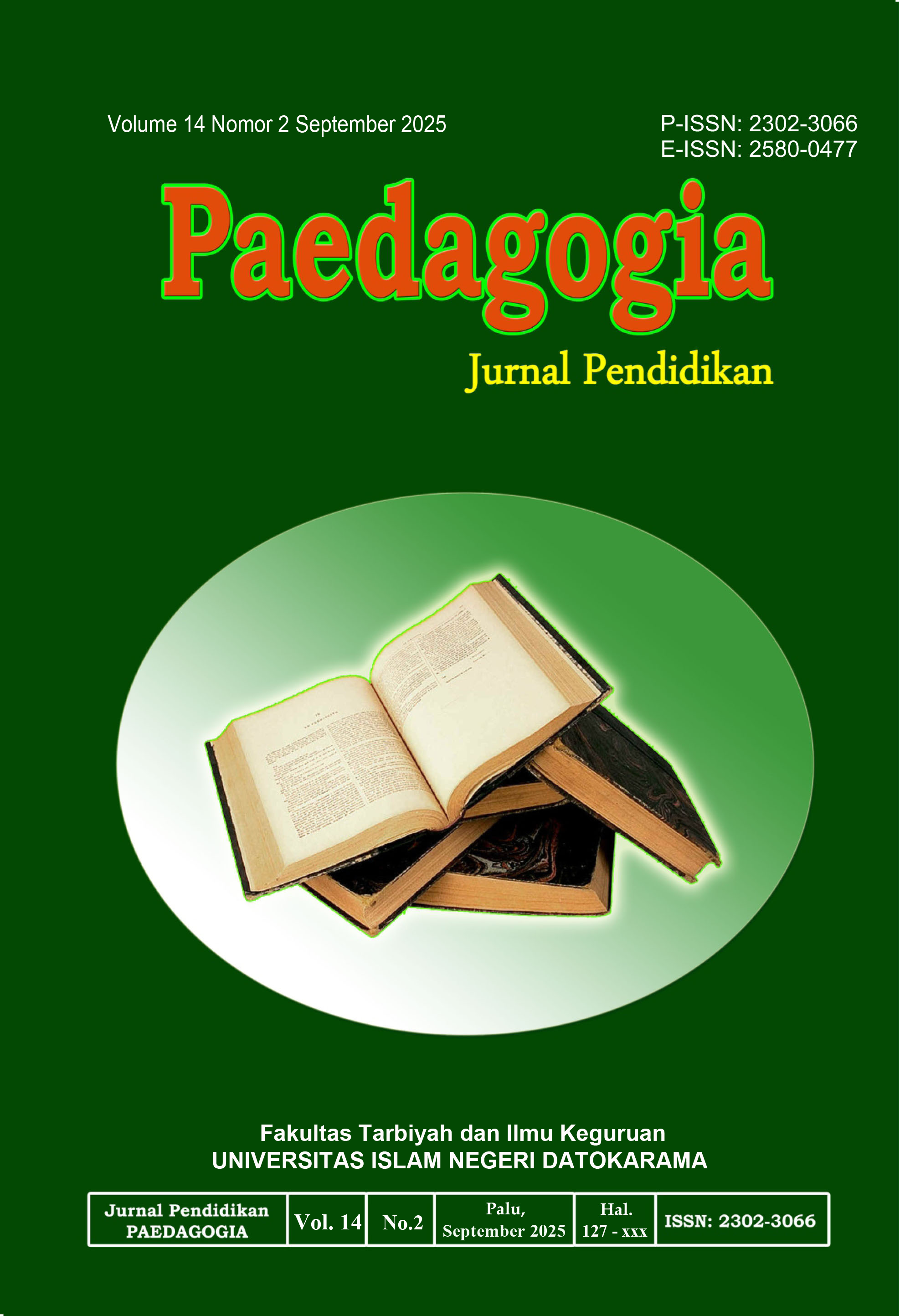






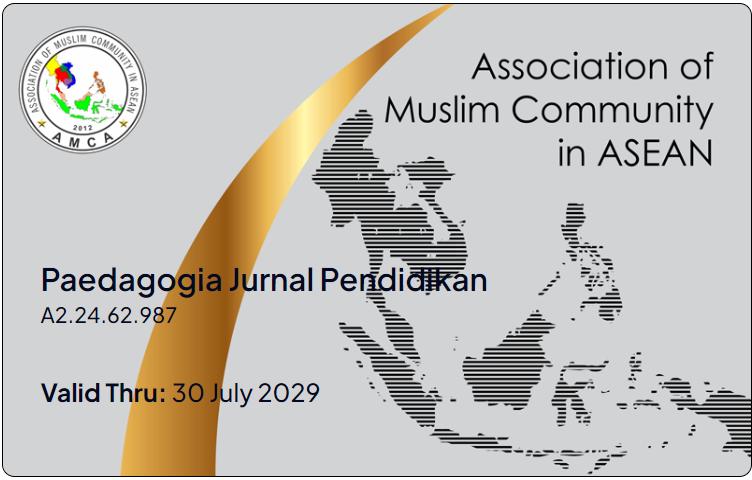


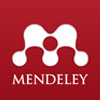
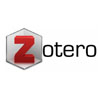
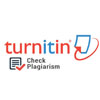
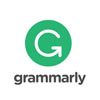
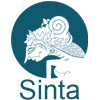




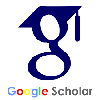





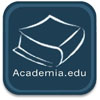


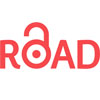

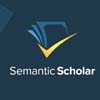
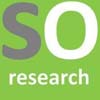
 This work is licensed under a
This work is licensed under a 